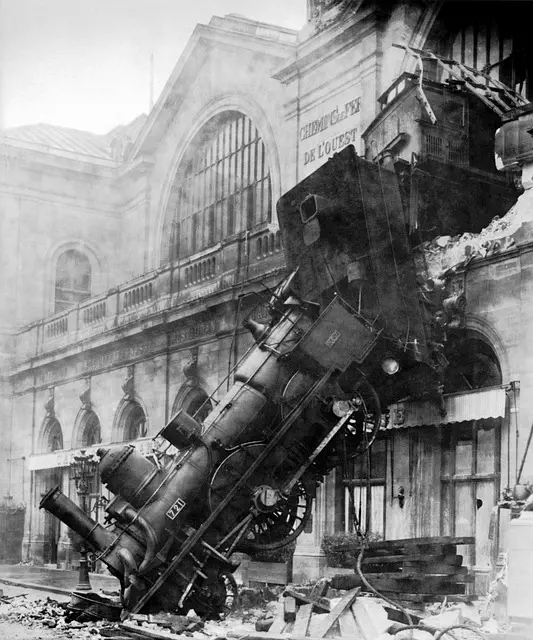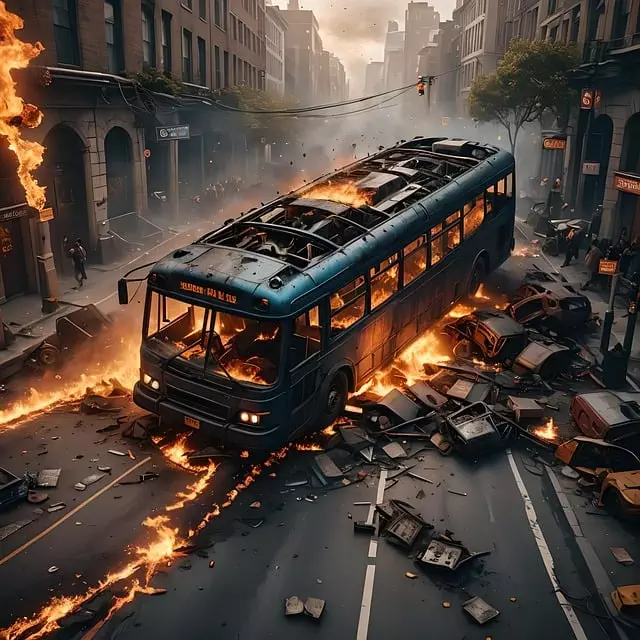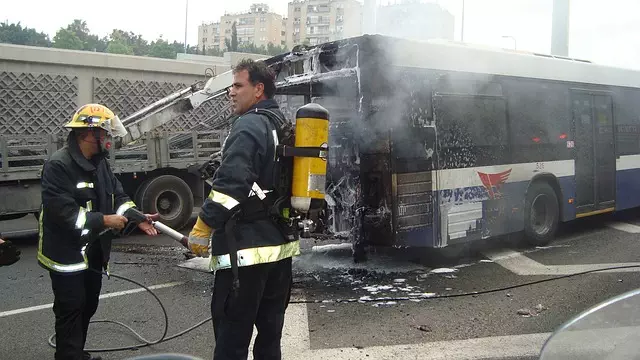In Manhattan, understanding cyclist rights and responsibilities is crucial for preventing Car Accidents in NYC. Both cyclists and drivers have equal duties: cyclists should follow traffic signals, signal turns, and maintain safe speeds, while drivers must check blind spots, keep a safe distance, and yield right of way. By recognizing common causes like failure to yield, distracted driving, and poor weather, and by utilizing clear lane markings and effective signage, both parties can foster safer roads. Drivers should give cyclists three feet of space and be extra cautious in high-traffic areas, while cyclists must adhere to traffic rules, use hand signals, and wear reflective gear. These combined efforts can substantially reduce Car Accidents in NYC.
In Manhattan, navigating roads alongside vehicles can be challenging, especially with the increasing number of cyclists. Understanding cyclist right-of-way laws is crucial for both drivers and riders to prevent car accidents in NYC. This article delves into the legal framework, identifies common causes of collisions, emphasizes the role of clear lane markings and signage, and offers safety tips for a harmonious urban commute, aiming to reduce Car Accidents in NYC.
- Understanding Cyclist Right of Way Laws in Manhattan
- Common Causes of Car Accidents Involving Cyclists in NYC
- The Impact of Clear Lane Markings and Signage
- Safety Tips for Drivers and Cyclists in New York City
Understanding Cyclist Right of Way Laws in Manhattan

In Manhattan, understanding cyclist right of way laws is crucial for both cyclists and drivers to prevent car accidents in NYC. Cyclists have the same rights and responsibilities as motorists, according to state law. This means they can ride in the street and are protected by traffic signals and signs just like cars. When approaching intersections or road obstacles, cyclists should be treated with the same consideration as any other vehicle, signaling turns, and adhering to stop lights and yield signs.
Drivers in Manhattan need to be especially vigilant for cyclists, as they share the road. Failure to yield right of way to a cyclist can result in severe accidents. It’s important to check all blind spots before making turns, maintain safe following distances, and always allow cyclists the full lane width when passing. Being aware of local laws and actively watching for cyclists can significantly reduce Car Accidents in NYC involving bicyclists.
Common Causes of Car Accidents Involving Cyclists in NYC

In New York City, where bustling streets and heavy traffic are the norm, understanding common causes of car accidents involving cyclists is crucial for both drivers and riders. One of the leading factors is failure to yield the right of way. Cyclists have the same rights as motorists, but their smaller size often makes them invisible to drivers in heavily congested areas like Manhattan. Another significant cause is distracted driving; with the constant rush and noise, drivers may not notice a cyclist until it’s too late. Additionally, poorly maintained bicycles can lead to sudden mechanical failures, causing riders to swerve unpredictably. Poor weather conditions, especially during the winter months, contribute to skidding and reduced visibility, increasing the risk of collisions. Lastly, cyclists themselves need to follow traffic rules, maintain a safe speed, and use hand signals effectively to communicate their intentions, thereby reducing potential hazards.
By being more aware of these causes, NYC drivers can significantly minimize the risk of accidents with cyclists, fostering a safer environment for everyone on the road. Cyclists, too, must remain vigilant, especially in such a dynamic urban setting like Manhattan, where every trip is an opportunity to navigate safely and responsibly.
The Impact of Clear Lane Markings and Signage

Clear lane markings and signage play a pivotal role in ensuring the safety of cyclists in Manhattan. Well-defined bike lanes and prominent signs that communicate rules and regulations can significantly reduce conflicts with motorists, thereby decreasing the likelihood of car accidents in NYC. When cyclists have dedicated spaces on the road, drivers are more likely to anticipate their movements, leading to smoother interactions between different modes of transportation.
Additionally, signage that clearly indicates right of way rules for both cyclists and cars can foster a culture of mutual respect and understanding. This is particularly crucial in densely populated urban areas like Manhattan, where cyclists often share the road with heavy traffic volumes. Clear messaging helps drivers recognize and respect the rights of cyclists, leading to safer commuting experiences for all.
Safety Tips for Drivers and Cyclists in New York City

In New York City, where car accidents involving cyclists are not uncommon, both drivers and cyclists must be vigilant to ensure everyone’s safety. Drivers should always be on the lookout for cyclists, especially in areas with high bike traffic like Manhattan. This includes checking mirrors regularly and making sure to give cyclists at least three feet of space when overtaking or turning. Yielding to cyclists at intersections is also crucial, as it helps prevent potential collisions.
Cyclists, meanwhile, should follow traffic rules strictly, wear reflective gear, especially during low-light conditions, and use hand signals to indicate turns. Staying on designated bike lanes where available can significantly reduce risks. Additionally, cyclists should be conscious of their speed, especially in crowded urban areas, and be prepared to take evasive action if a driver suddenly maneuvers into their path.
Cyclist rights of way are a vital aspect of navigating Manhattan’s streets safely. By understanding the laws, recognizing common accident causes, and heeding safety tips, both drivers and cyclists can contribute to reducing car accidents in NYC. Clear lane markings and signage play a crucial role in this endeavor. Together, these measures can foster a more secure environment for all road users, ensuring a smoother and safer commute for everyone in the city.
